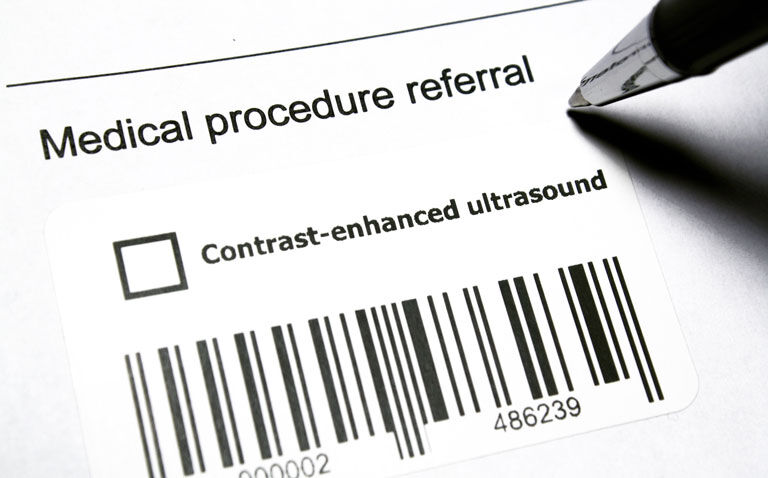Contrast enhanced ultrasound has greater diagnostic accuracy for abdominal trauma than conventional ultrasound in emergency care settings
The use of contrast enhanced (CE) ultrasound for patients with abdominal trauma prior to computed tomography imaging has a higher diagnostic accuracy in comparison to conventional ultrasound according to the results of a systematic review and meta-analysis by researchers from the Brookdale University Hospital and Medical Center, New York, US.
Undertaking an extended Focused Assessment with Sonography in Trauma (eFAST) is commonly performed as part of the initial assessment of patients who have experienced trauma. Moreover, a systematic review has shown how eFAST serves as a useful bedside tool which is able to rule-in pneumothorax, pericardial effusion as well as intra-abdominal free fluid within a trauma setting but is less useful as a rule-out tool. The diagnostic capability of ultrasound can be improved with the use of a contrast media. In fact, contrast enhanced ultrasound in children has been found to have a comparable performance to both CT and MRI with a very high degree of specificity and hence has the potential to reduce irradiation exposure in paediatric patients. It has also been shown that contrast enhanced ultrasound seems to be both safe and accurate for the identification of abdominal solid organ injuries in children who have experienced a blunt abdominal trauma. Nevertheless, the comparative accuracy of CE ultrasound has not been directly compared to eFAST during the initial trauma assessment and was the subject of the review by the US researchers. The team focused on the use of both ultrasound methods for the initial assessment of patients with abdominal trauma before CT imaging. Paired pooled sensitivity and specificity were used to assess the relative merits of both approaches.
Contrast enhanced ultrasound diagnostic value in abdominal trauma
Following a literature search, a total of 10 eligible studies with 1,359 patients and 30 pairwise comparisons were included in the analysis.
Overall, the paired, pooled sensitivity for CE ultrasound was 0.933 (95% CI 0.917 – 0.948) compared to 0.559 (95% CI 0.527 – 0.591) for conventional ultrasound (p < 0.001). The pooled specificity was also significantly higher (0.995 vs 0.975, p < 0.001). In fact, in sub-group analysis, CE ultrasound was superior to conventional ultrasound for all other areas including the liver, kidneys and adrenals, spleen and for the presence of active bleeding.
Based on these findings, the authors concluded that CE ultrasound was a superior method for differentiating abdominal trauma injuries when used as an initial means of assessment in emergency departments.
Citation
Sutarjono B et al. Is it time to re-think FAST? A systematic review and meta-analysis of Contrast-Enhanced Ultrasound (CEUS) and conventional ultrasound for initial assessment of abdominal trauma. BMC Emerg Med 2023










